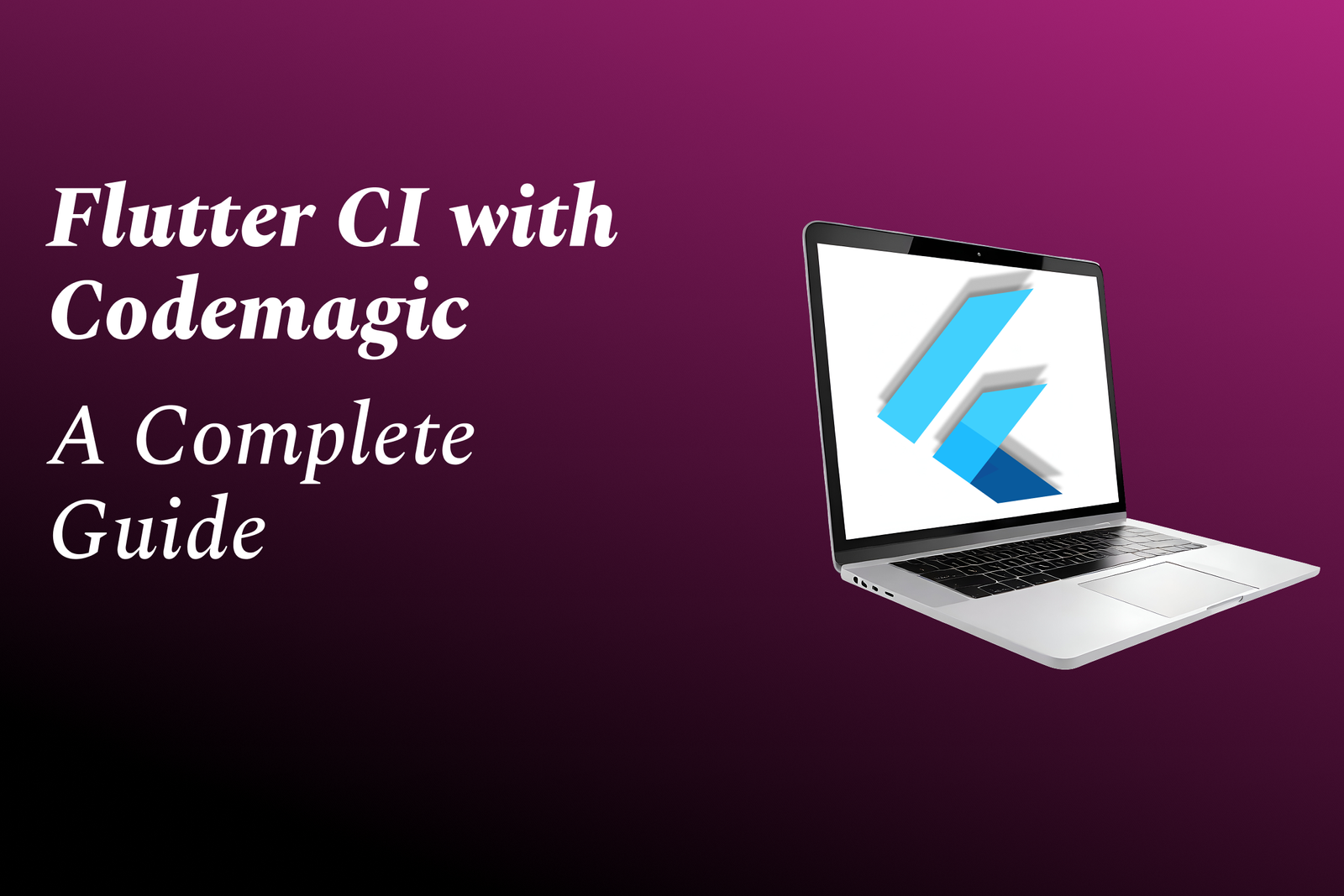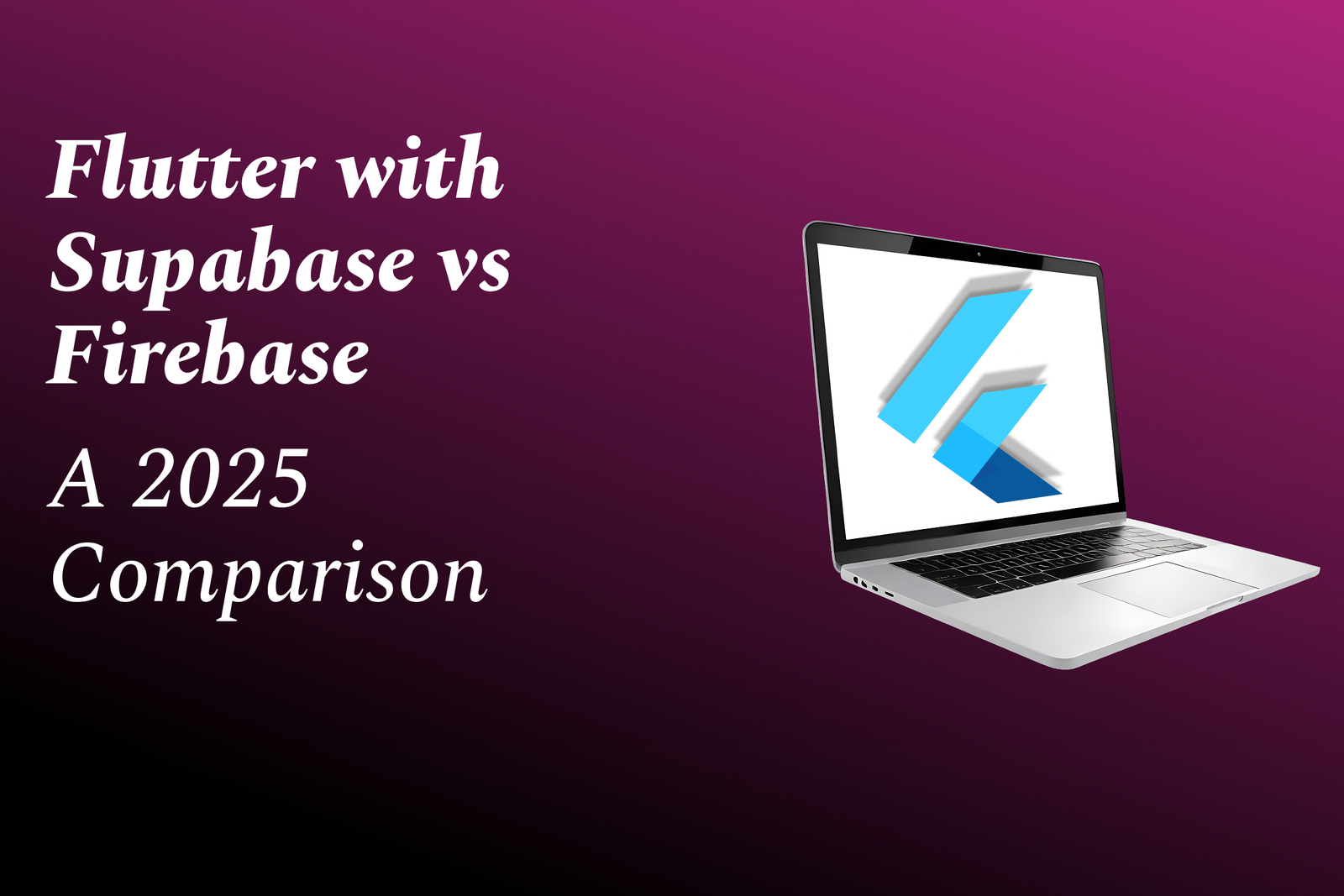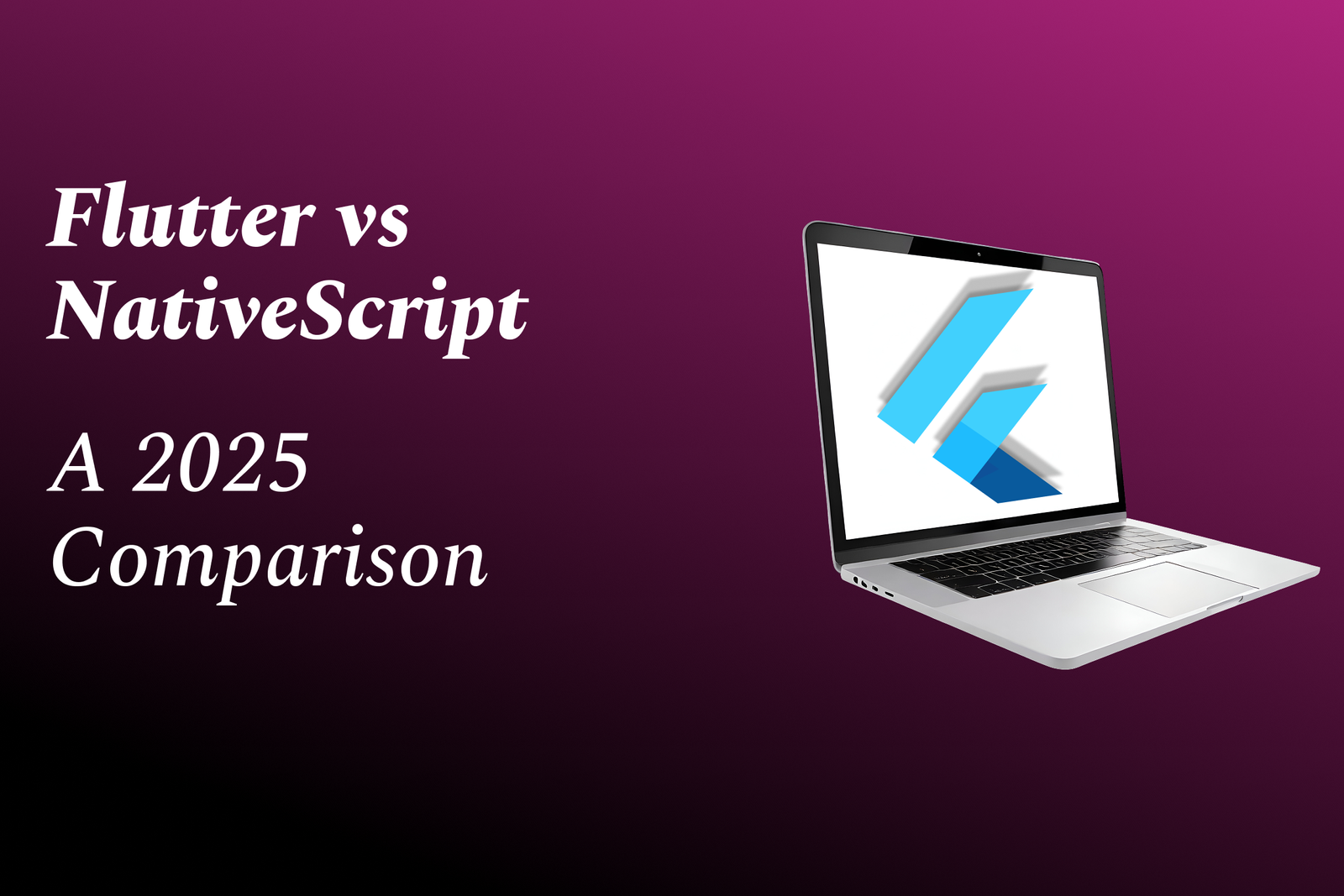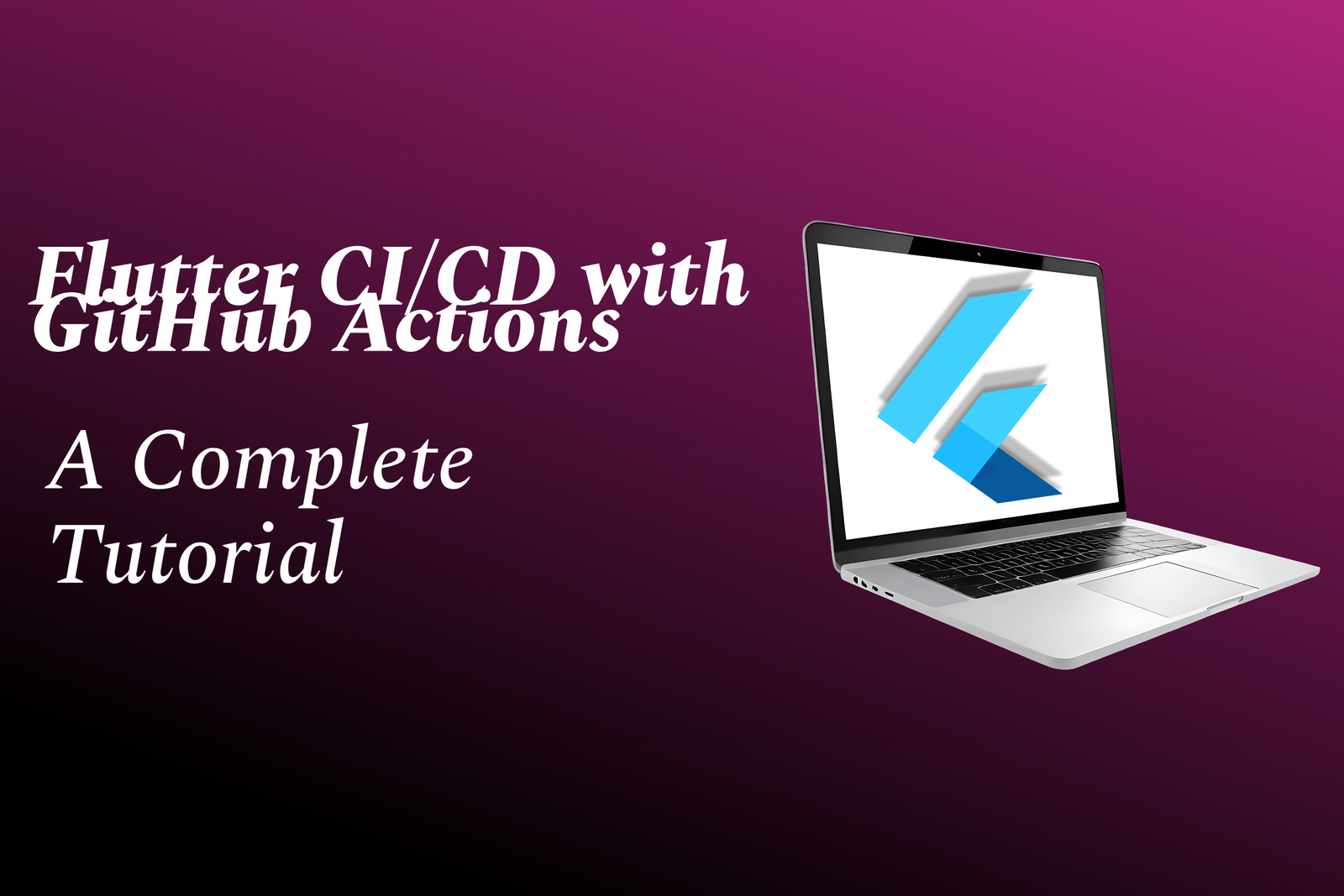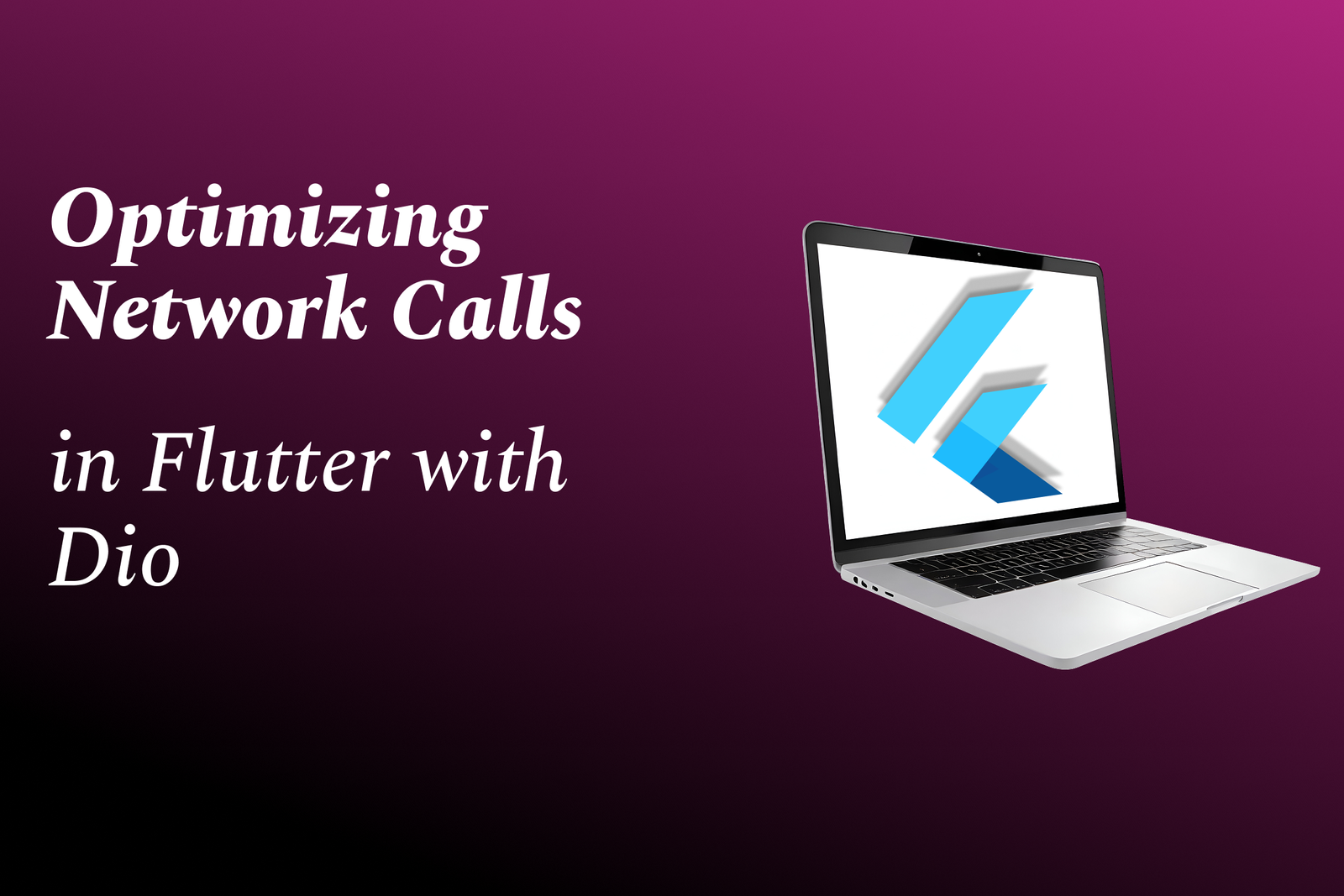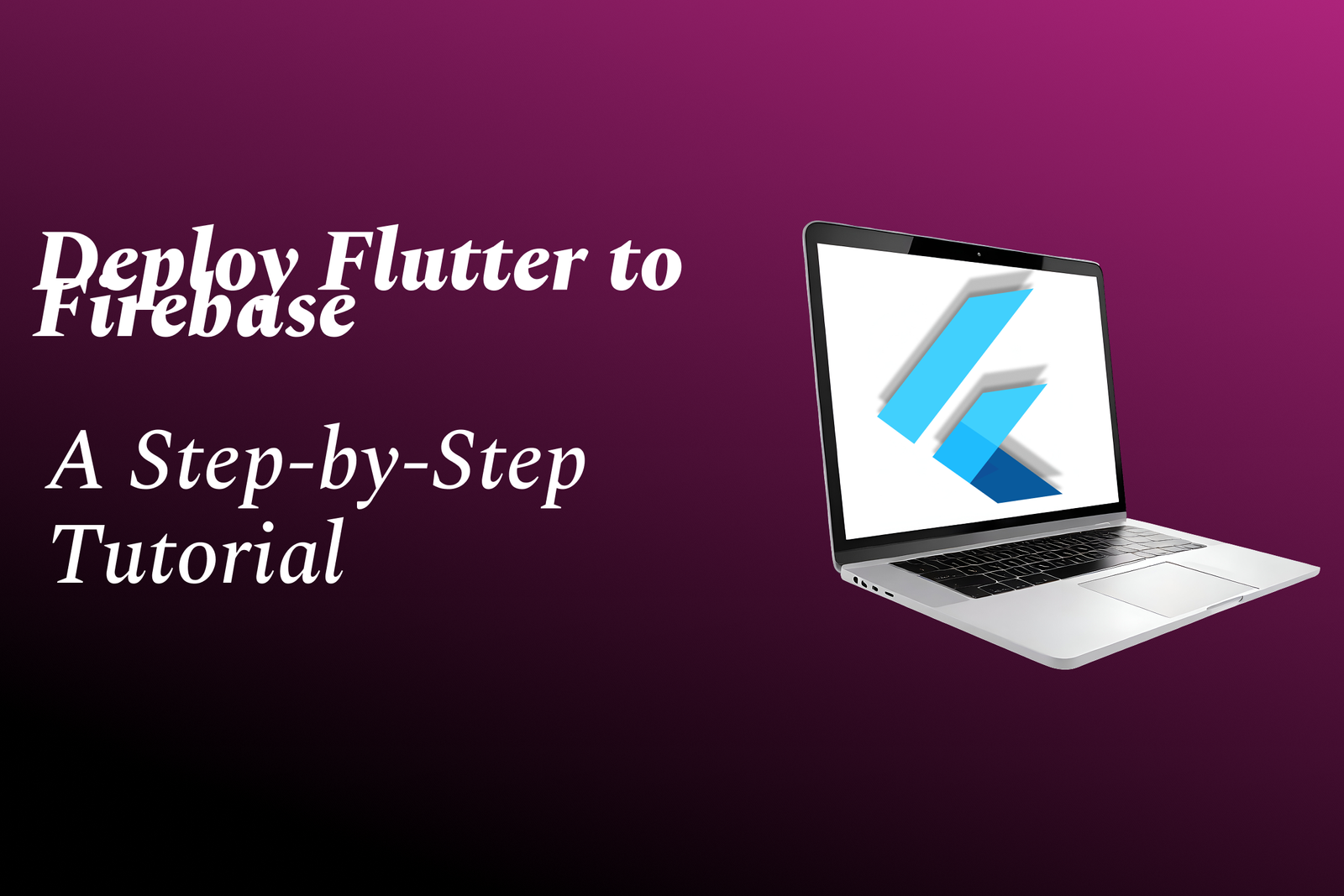Java graphics
Exploring Java Graphics: A Comprehensive Guide
Java graphics
Java Graphics is a part of the Java AWT (Abstract Window Toolkit) package that provides a set of classes and interfaces for rendering 2D shapes, text, and images in Java applications. It enables developers to create sophisticated user interfaces and graphical content in applets and applications by using classes such as `Graphics`, `Graphics2D`, and `Image`. The `Graphics` class serves as the base for drawing operations like lines, rectangles, circles, and text on components such as panels and frames. With the more advanced `Graphics2D` class, developers can apply transformations, manage strokes, and utilize anti-aliasing for smoother graphics. The rendering process in Java Graphics typically involves overriding the `paint` or `paintComponent` method, allowing custom drawing and visual effects in a controlled environment. Overall, Java Graphics provides powerful tools for creating rich graphical interfaces, making it a fundamental aspect of GUI development in Java.
To Download Our Brochure: https://www.justacademy.co/download-brochure-for-free
Message us for more information: +91 9987184296
1 - Introduction to Java Graphics
Understand what Java Graphics entails and the significance of graphics programming in Java, including its applications in game development, UI design, and simulations.
2) Java AWT (Abstract Window Toolkit)
Learn about Java AWT, the original Java graphics API that provides classes for creating and managing GUI applications including windows, buttons, and labels.
3) Swing Framework
Explore Swing, a more advanced GUI toolkit built on AWT. Understand its advantages, including a richer set of components and the ability to create platform independent applications.
4) JavaFX Overview
Get introduced to JavaFX, the next generation framework for building rich internet applications, supporting 2D and 3D graphics, animations, and media.
5) Graphics Drawing Basics
Learn the fundamentals of drawing graphics, including how to use the `Graphics` class, and methods for drawing shapes, text, and images.
6) Coordinate System in Java Graphics
Understand the concept of the coordinate system in Java graphics, including the origin point and how the x and y coordinates work in GUI applications.
7) Creating Custom Paint Methods
Discover how to override the `paintComponent` method in Swing to create custom graphics and render dynamic content on the screen.
8) Event Handling
Familiarize yourself with event driven programming in Java graphics. Learn how to handle user input through mouse and keyboard events.
9) Color Management
Understand how to work with colors in Java graphics, including the `Color` class and how to create custom colors using RGB values.
10) Working with Fonts
Learn how to manipulate fonts in your GUI applications, including setting font styles, sizes, and creating custom text displays.
11) Basic Animation Techniques
Explore basic animation principles in Java graphics, including how to create simple animations using timers and repainting techniques.
12) Image Handling
Discover how to load, manipulate, and draw images in Java applications, including scaling, rotating, and filtering images.
13) Layout Management
Understand the different layout managers in Swing (e.g., FlowLayout, BorderLayout, GridLayout) for designing responsive GUI interfaces.
14) Handling Transparency and Alpha Compositing
Learn about transparency in graphics, including how to use alpha values to create layered graphics and visual effects.
15) Creating Interactive Applications
Design interactive applications using graphics, incorporating user inputs, animations, and real time updates to user interface components.
16) Best Practices in Java Graphics Programming
Discuss best coding practices, including performance optimization, reusability of code, and maintaining a clean codebase in graphics applications.
17) Debugging and Performance Tuning
Learn techniques for debugging graphics related code and optimizing performance for smoother rendering and better responsiveness.
18) Project Development
Engage in a hands on project where students will utilize their knowledge to create a complete graphical application, applying everything learned in the sessions.
This structure covers a comprehensive range of topics in Java Graphics and would serve as a robust training program for students interested in graphical programming in Java.
Browse our course links : https://www.justacademy.co/all-courses
To Join our FREE DEMO Session: Click Here
Contact Us for more info:
java full stack course
INTRODUCTION TO MACHINE LEARNING WITH PYTHON
Flutter Training in Faridkot
Java Graph Databases
iOS Training in Sonipat


